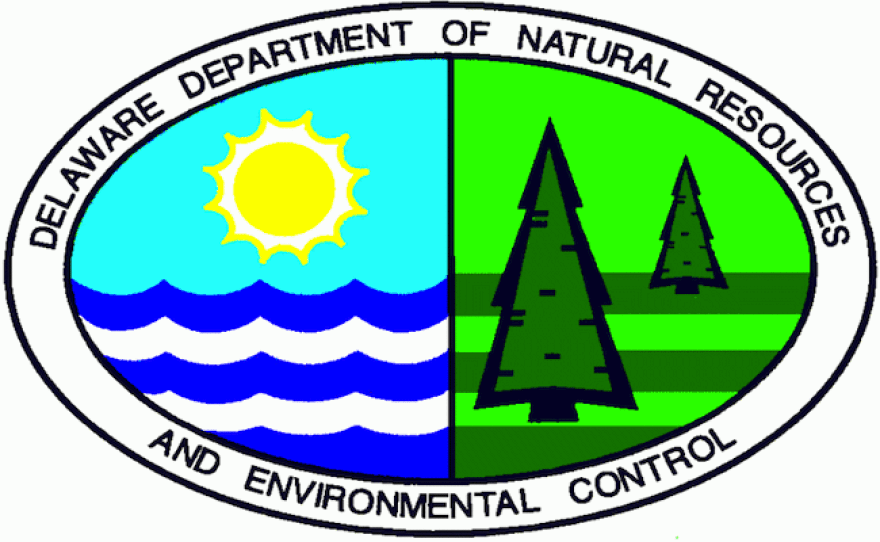Delaware’s newest Wildlife Action Plan, a 10-year document outlining the state’s conservation needs, has been submitted to the federal government for final approval. The latest version aims to address threats that climate change pose to vulnerable species in the First State.
The U.S. Fish and Wildlife Service requires states to submit a Wildlife Action Plan every 10 years to qualify for grants to fund conservation programs. It lists species in great need of help, such as the threatened red knot bird species. It also notes species that have recovered well since the last plan, like osprey. At the time, the local osprey population was down due to factors like DDT pesticide use.
“We’ve seen such an explosion in the osprey population across the state of Delaware that--using the criteria that are set forth for us to determine which species that should be considered a ‘species of greatest conservation need’--it no longer met those criteria," said Anthony Gonzon, the Division of Fish and Wildlife’s biodiversity program manager.
DNREC organized public forums this past summer to gather feedback on the plan. Gonzon says concern over climate change has sharply increased since their first plan in 2005.
“Folks knew of climate change and were considering it," said Gonzon. "However, it’s received so much attention in the last decade and as part of the revision, we were required to address climate change as a potential issue.”
Another threat the Wildlife Action Plan will address is white nose syndrome, a disease that’s played a major role in declining bat populations in the northeastern U.S over the last ten years. Earlier this year, the long-eared bat, which are declining in Delaware, became federally listed as a threatened species largely due to white nose syndrome.





